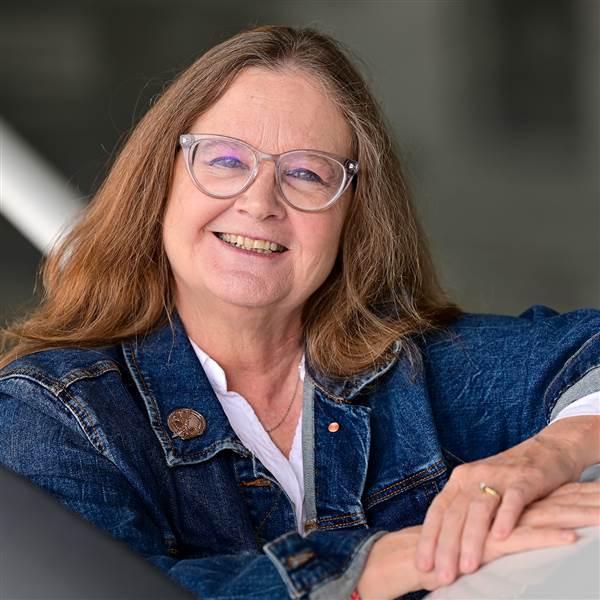Around the Patch: Hidden Gems

The FBO offered a shuttle to our hotel. Driving out of the airport, I happened to look over at an unusual bulbous aircraft. “That looks like a Super Guppy,” I said. I don’t even know how I knew that, or where I had seen the Aero Spacelines Super Guppy before—perhaps EAA AirVenture?
“That’s exactly what it is,” our driver said. “When you come back tomorrow morning, ask one of our staff to drive you out to it.”
The weather looked great for the entire day, so when we returned to the FBO the next morning we asked for a ride to the Super Guppy. We figured we would take some photos of this unusual cargo airplane that has been used to haul, among other things, International Space Station modules. Then we’d jump back into the 172 and continue the long march north.
But our driver had other ideas. When we pulled up to the Super Guppy he asked a crewmember if we might be allowed to go inside. Climb inside a Super Guppy? Here, twist my arm.
Imagine an airplane whose cargo hold is capable of carrying a 52,000-pound payload. The Super Guppy’s hinged nose opens 110 degrees, the better to accommodate T–38s, V–22 Ospreys, and Saturn rockets. Powered by four Allison 501-D22C turboprop engines, it cruises 290 mph at 25,000 feet.
The National Aeronautics and Space Administration operates Super Guppy Turbine N941NA, serial number four. It looks futuristic on the outside, but the cockpit resembles something your grandfather might have flown during his Pan Am days. That’s because it was derived from the fuselage of the military version of the 1950s-era Boeing 377 Stratocruiser.
A flight engineer sets the power for the pilot, even during landings. It would be almost impossible to both muscle the heavy flight controls around and manipulate the power levers at the same time, Guppy pilot Michael Foreman said in an interview with Tested.com.
I didn’t know any of this at the time. I was too busy taking photos. A half-hour later we concluded our impromptu tour and launched for Maryland. Every other stop on the trip home offered friendly service and lots of comments about the Sweepstakes 172, but the Guppy tour was the highlight of the trip.
All because I happened to notice, and comment on, an odd-looking airplane. But that’s part of the joy of traveling by general aviation. GA pilots are not on an airline schedule. When we get too mission-focused, we run the risk of missing wonderful things that are waiting at every airport.




